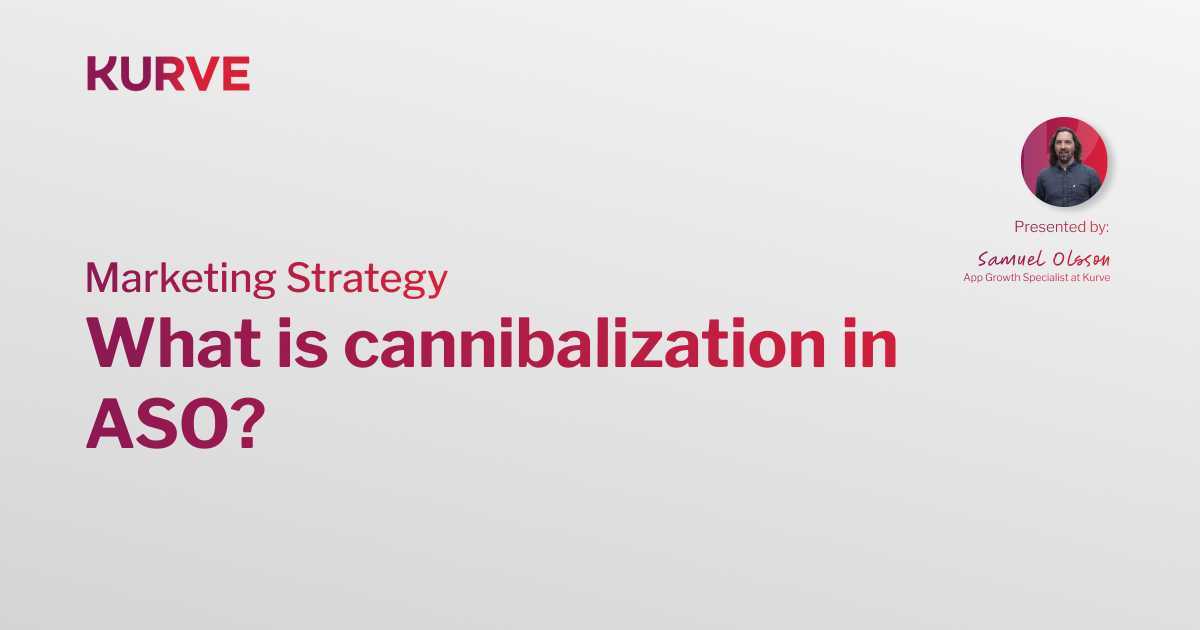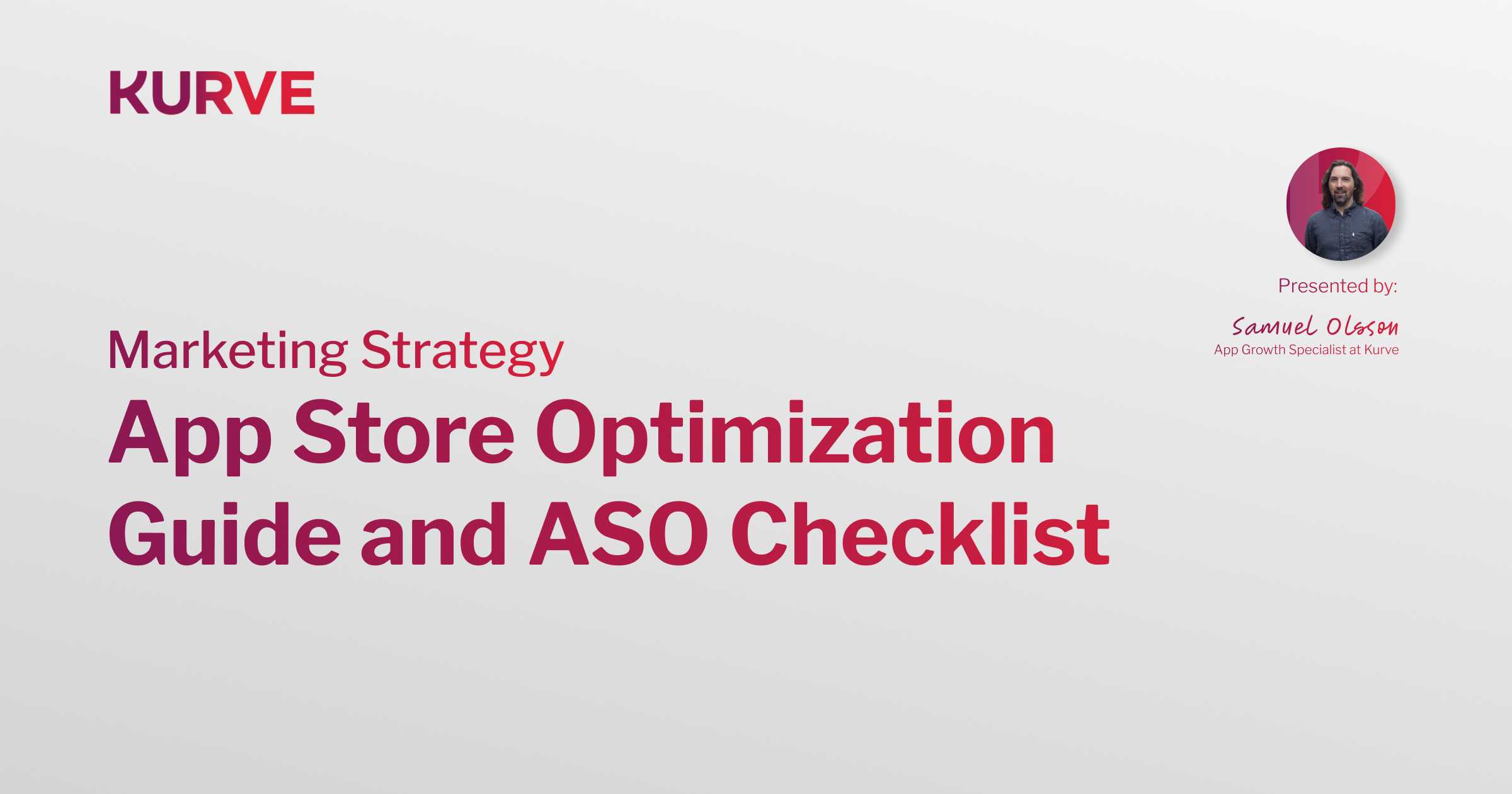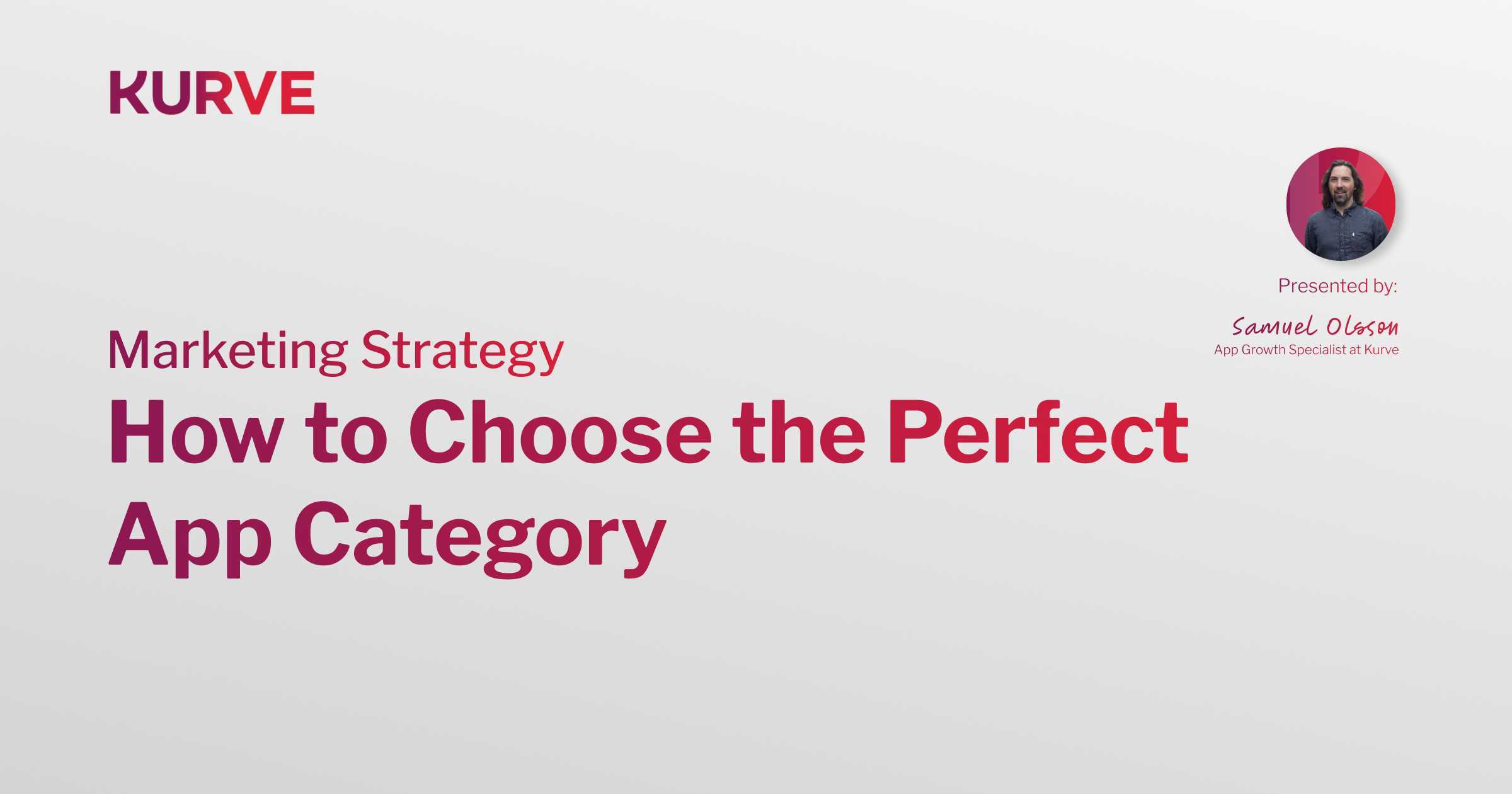What is Mobile App Attribution? A Must-Read Guide
In the app marketing landscape, one concept is indispensable — Mobile App Attribution.
It's a significant part of understanding how your marketing strategies perform. In our in-depth guide on mobile app marketing, we explore the importance it brings to the plate.
In this guide, we'll go even deeper. It takes you through the ins and outs of mobile app attribution, why it's crucial, and how to navigate the attribution models. Not stopping there, we will also shed light on some top tools that make the process a breeze.
You'll have everything you need to implement effective mobile app attribution strategies and strengthen your marketing efforts.
What is Mobile App Attribution?
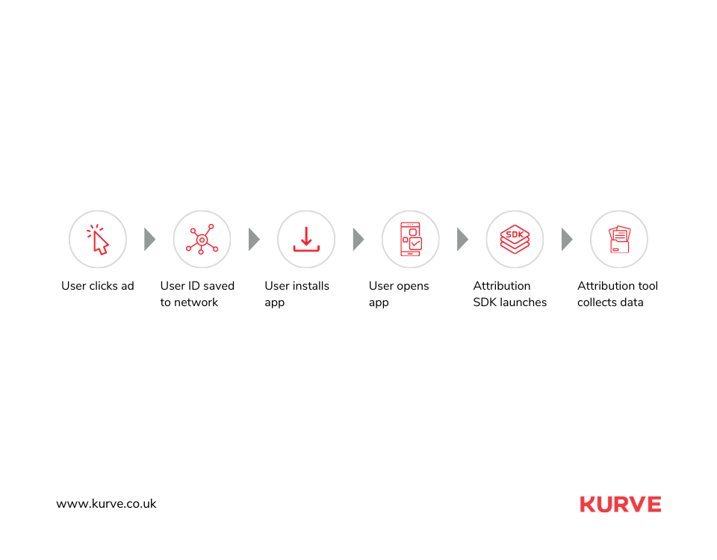
Mobile app attribution is the compass for your app marketing strategy. It's the process that helps you pinpoint and understand the origin of your app's users.
Now, where a user found your app may seem like a simple detail. But in the grand scope of app marketing, it's a piece of information that holds massive worth. It helps marketers and developers see which advertising or marketing channels are doing the heavy lifting when driving app downloads and conversions.
In simpler terms, it's your roadmap to optimized marketing efforts and ramped-up success for your mobile app. Mobile app attribution gives you a clear picture of what works and what doesn't so you can make informed tweaks to your marketing strategies.
Why is Mobile App Attribution Important?
Why is mobile app attribution so crucial? The benefits are many-fold and substantial, ranging from optimizations to strategy improvements. In other words, it influences the effectiveness of your app marketing efforts.
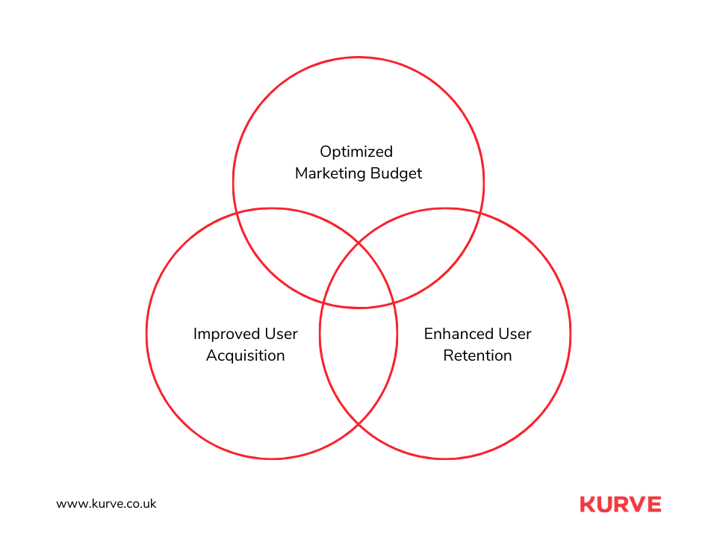
Let's get started with our first point of impact - Optimized Marketing Budget.
Optimized Marketing Budget
Attribution supports the efficient use of your marketing budget. How? By spotting the channels and campaigns that work.
When you see which sources bring in most users, you know where to put your funds. It's no more shooting in the dark. Instead, it's informed decisions. Informed decisions mean less waste and more value.
Your budget goes where it needs to, leading to a better return on every cent spent. That's what we call marketing done smart.
Improved User Acquisition
Quality over quantity is the key to user acquisition. It's not about onboarding users but bringing in users who engage, stick around, and make purchases.
Our app download statistics reveal impressive figures on the impact of mobile apps. For instance, users dedicate 88% of their mobile time to apps. Yet, getting people to download your app is only the first hurdle. The ultimate goal is to ensure they stay engaged.
This is where mobile app attribution comes into play.
It provides the blueprint of the channels that attract users who genuinely make a difference. With this knowledge, you can concentrate your efforts on those channels that deliver high-quality users, amplifying your app's success.
Enhanced User Retention
Getting a user to download the app is only the beginning. The real challenge is keeping those users coming back.
Mobile app attribution steps are in here as well. It doesn't clock out after the initial download. Instead, it keeps track of the user and app install journey. This data offers critical insights into what keeps users engaged and sticking around.
Seeing which of your marketing strategies are making this happen? That's gold. It creates a road map—a blueprint to sustain and bolster user experience and keep that churn rate low.
With successful mobile app attribution strategies, you're hooking users in for the long haul.
What are the 6 Mobile App Attribution Models?
We have wrapped our heads around the importance of mobile app attribution. Now, let's delve deeper into understanding the different models used in the process.
We will be exploring six main models:
- First Touch Attribution
- Last Touch Attribution
- Linear Attribution
- Time Decay Attribution
- Multi-Touch Attribution
- View-Through Attribution
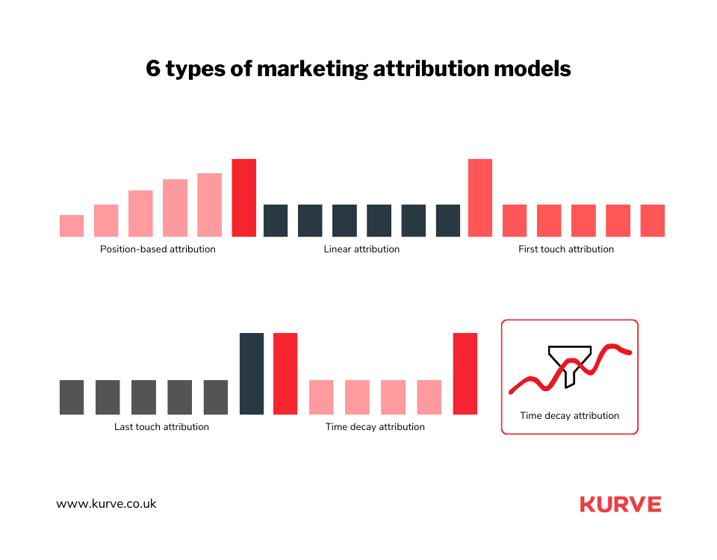
Each model has its unique approach to analyzing user interactions, determining credit allocation, and enabling marketers to improve their strategies.
1. First Touch Attribution

First Touch Attribution lends excellent insights into how users discover your app.
If you aim to boost brand awareness, this model will pique your interest. That's because it gives all the credit to the first interaction a user had with your app.
Though it's a great start, it has its limitations.
Focusing on the initial interaction disregards the subsequent interactions that lead a user to convert. In this model, the contributions of follow-up interactions fly under the radar.
It means you could miss vital information about the user's complete journey. For an app with complex conversion paths, you need more data.
2. Last Touch Attribution
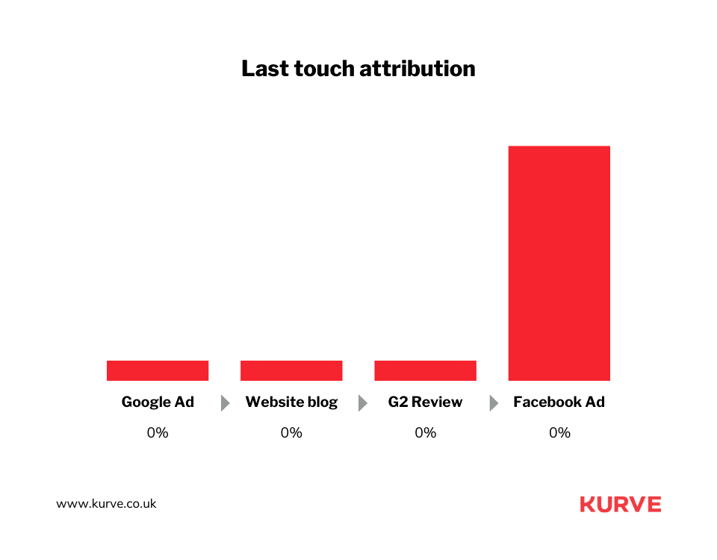
Last Touch Attribution is known for its simplicity and ease of implementation. This model assigns all the credit to the final interaction immediately before the conversion occurs. It makes determining the last touchpoint that spurred conversion as clear as day.
Last Touch Attribution provides a definite framework of accountability. It pinpoints which marketing effort or campaign triggered the conversion. It's an excellent choice for apps with shorter sales cycles or a linear user journey, like those seen in e-commerce apps.
But there's a caveat. This model might bypass the significance of earlier touchpoints that initially connected users to your app. This omission could skew the understanding of user journeys that involve multiple touchpoints over a more extended period.
3. Linear Attribution
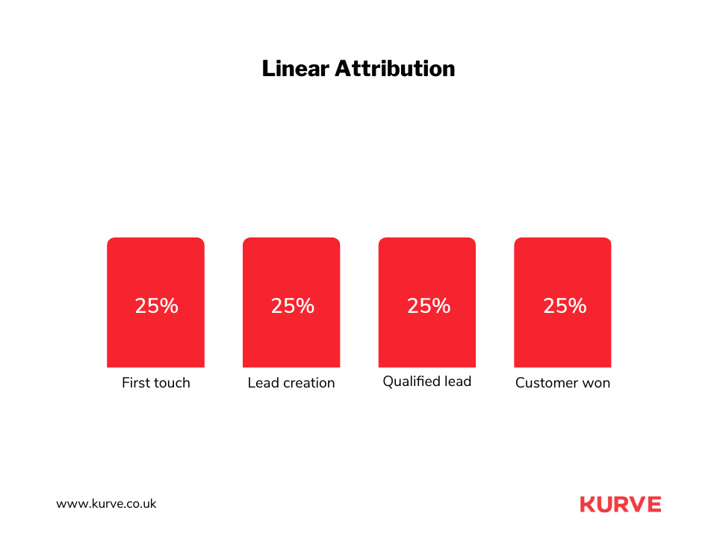
Linear Attribution operates on a concept of equality. It partitions its credit among all touchpoints experienced by a user, making sure each gets a fair share in contributing to a conversion.
Linear Attribution is like a lifeline for apps featuring multifaceted, multi-touchpoint user journeys. It acknowledges that every interaction, big or small, plays a part in leading a user to convert.
On the flip side, this model assumes that every interaction is equally influential. In reality, this might not mirror users' decision-making process.
For situations where specific touchpoints weigh more than others, this model may obscure the power of those data points and key interactions.
4. Time Decay Attribution
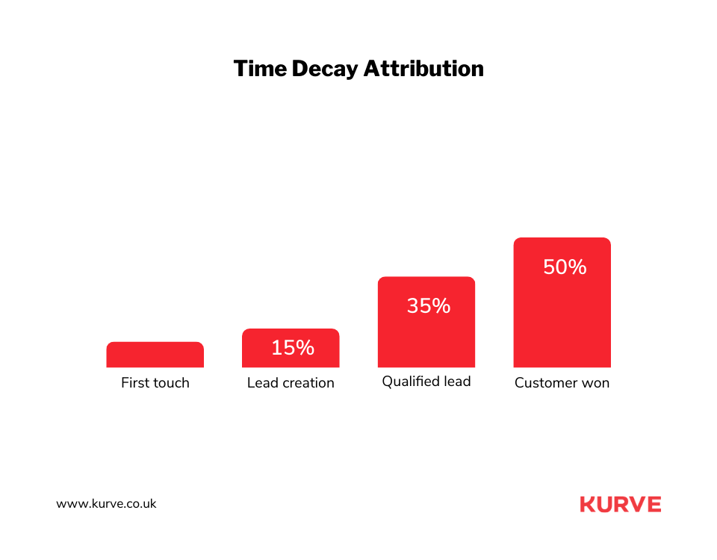
The Time Decay Attribution model also operates on the principle of recency. It attaches more importance to the touchpoints closer to the conversion event. The idea is simple: the more recent the interaction, the higher influence it likely had on the user's choice to convert.
Time Decay Attribution is particularly useful when users' behaviors shift over time. In these circumstances, the interactions closer to the moment of conversion provide a more accurate depiction of a user's intention to install or engage with your app.
However, this approach might undersell the enduring impact of the early touchpoints, particularly in scenarios where building trust and brand recognition takes time.
Still, the Time Decay Attribution method strikes a reasonable middle ground. It accounts for both the recency of interactions and the contributions made by early influences in the user journey.
5. Multi-Touch Attribution
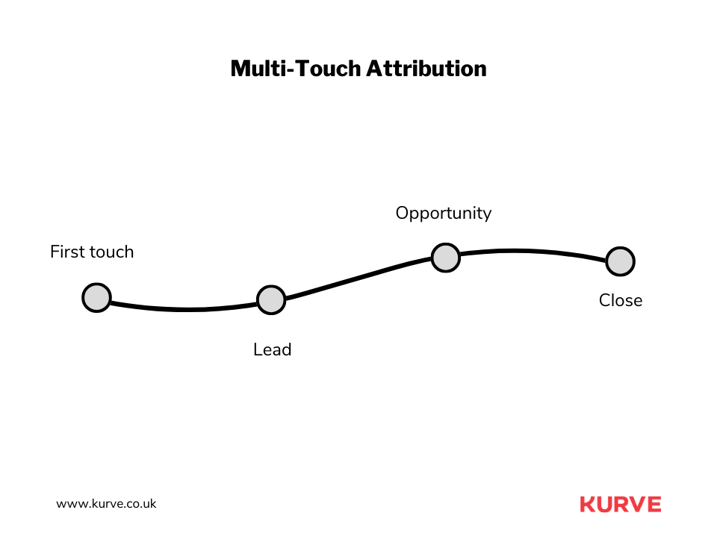
Multi-Touch Attribution is a model that embraces complexity. It understands that user conversions are usually more than a one-step process. It captures the essence of user journeys by offering a comprehensive view that involves multiple touchpoints.
The genius of Multi-Touch Attribution lies in its distribution of credit. It doesn't simply divide overall credit equally. Instead, it uses established rules or algorithms to assign credits, offering a more nuanced understanding of the role played by each touchpoint.
Multi-Touch Attribution gives more depth to how we comprehend touchpoint contributions by fully recognizing the multi-threaded nature of user interactions and conversions.
6. View-Through Attribution
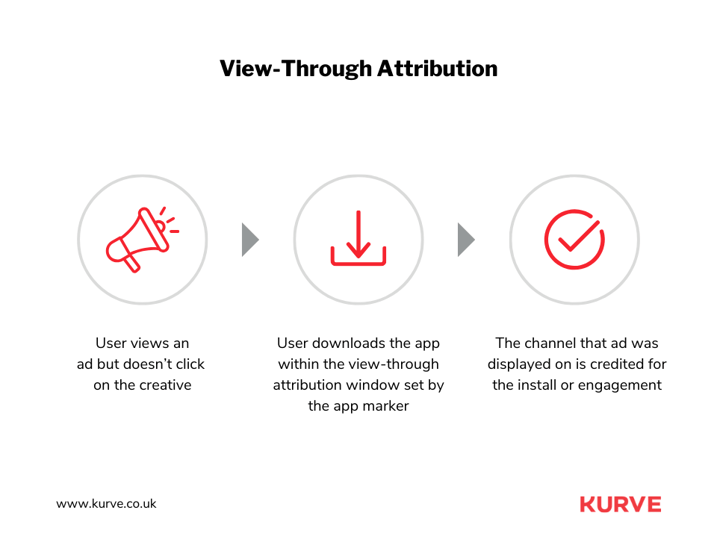
Finally, let's consider View-Through Attribution. This model is particularly good at gauging the influence of display ads, even those that users see but don't immediately click on.
View-Through Attribution centers on situations where the user encounters an ad and doesn't directly engage with it but later installs or interacts with the app. It gives weight to the silent yet significant role of ad impressions in driving conversions.
This way, View-Through Attribution highlights the less tangible impacts of visually encountering an ad. It acknowledges its contribution to eventual user conversions based on impressions rather than direct engagement.
How Does Mobile App Attribution Work?
Now, let's explore how mobile app attribution works in practice.

First, you'll want to set up tracking using the right tools. These tools use various methods, like device IDs or fingerprinting, to pinpoint which ads users interacted with before downloading your app. For a beginner-friendly introduction to tracking, check out this helpful guide from Adjust.
Ensure that your attribution setup aligns with your marketing strategy. You should structure your tracking to provide data that supports your marketing campaign and objectives.
If you're utilizing Google App Campaigns, we recommend our detailed optimization guide on our blog.
Top Mobile App Attribution Tools
Having understood how mobile app attribution works, now let's move to some of the top-notch tools you can leverage for it.
Here, we focus on three tools: Appsflyer, Adjust, and Airbridge.
When picking a tool for your mobile app attribution needs, consider factors like;
- Data quality
- The accuracy of tracking
- How secure your data would be
- Extra features
- Whether the pricing suits your budget
It's all about finding a tool that delivers reliable results and fits into your marketing strategy.
AppsFlyer
Appsflyer is renowned for its top mobile attribution platform and marketing analytics, serving top-tier clients like HBO and Coca-Cola.
It boasts a robust data-driven platform. Its standout feature is real-time analytics, which helps marketers make swift, informed decisions.
As for pricing details, kindly visit Appsflyer's dedicated page for the most accurate information.
Adjust
Next up is Adjust, another top player in mobile app attribution. They've made quite an impression with their commitment to data privacy and accuracy as an attribution provider.
Adjust stands out for its fraud prevention capabilities and detailed mobile app tracking that help make your marketing efforts more efficient and transparent.
As for their pricing, Adjust directs you to get in touch for a custom plan that suits your needs. More detail is available on their official website.
Airbridge
Finally, we have Airbridge. It offers unique elements such as Multi-Touch Attribution and Marketing Mix Modeling, perspectives you won't quite find elsewhere.
Airbridge offers a highly customizable dashboard designed to provide granular insights. With no paywalls or add-ons, their pricing is based on monthly active users, letting you scale up predictably.
Their standout feature is the full-cycle support for marketing professionals, making them a worthy choice in your mission to maximize marketing efforts.
Empower Your Marketing Efforts Through Mobile App Attribution
We've gathered much information about mobile app attribution, its value, models, and prime tools. Now, it's time to apply this knowledge.
With our expertise, Sweatcoin skyrocketed in growth to become the fastest-growing health and fitness app. They reached a 10x increase in user growth via paid campaigns, leveraging app attribution. This case study should convince you how potent a well-planned app attribution strategy can be.
If you need expert assistance with mobile app attribution, our team at Kurve is a click away. We also encourage you to explore the rest of our blog for more insights.
